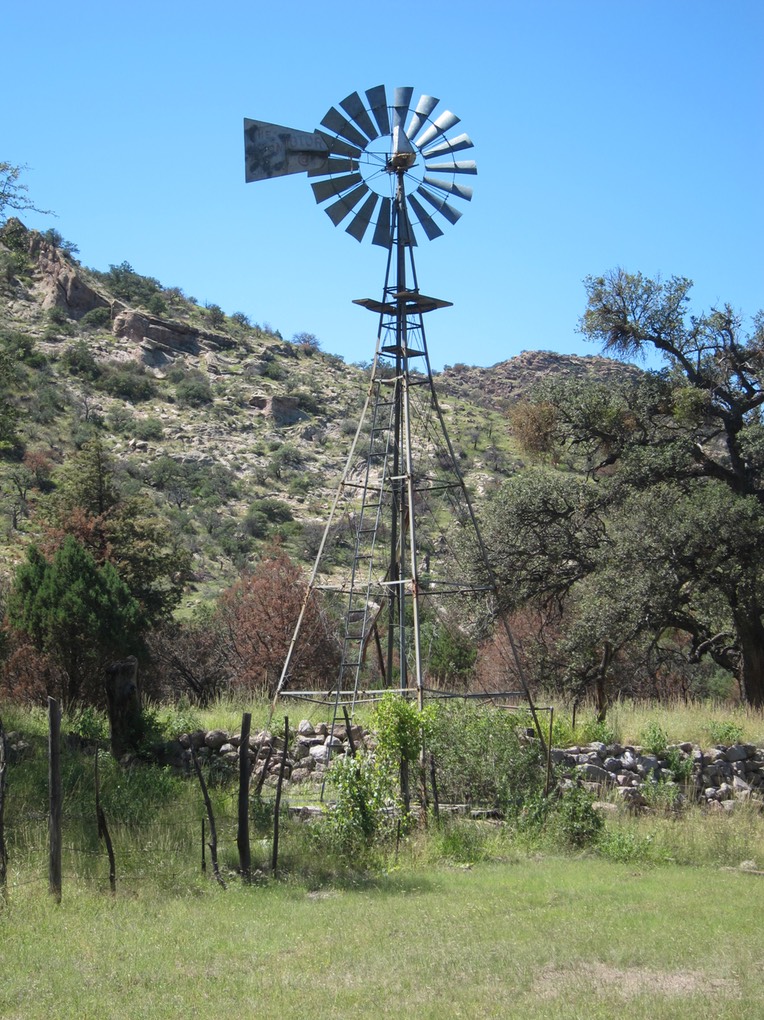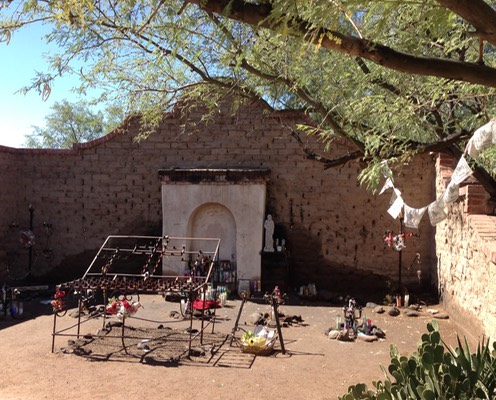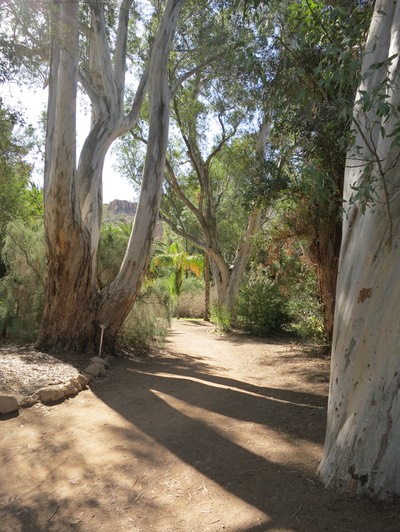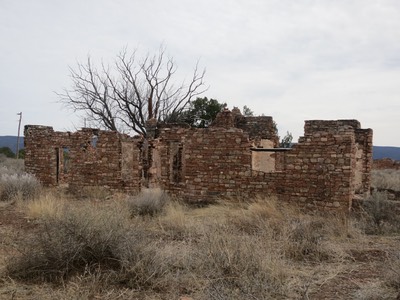The real voyage of discovery consists not in seeking new landscapes, but in having new eyes. -- Marcel Proust
Historic landscapes reveal the interaction of man and nature. They vary in size from small gardens to several thousand-acre national parks. In character they range from designed to vernacular, rural to urban, and agricultural to industrial spaces. Vegetable patches, estate gardens, cemeteries, farms, quarries, nuclear test sites, suburbs, and abandoned settlements all may be considered historic landscapes.

Historic landscapes are often also threatened landscapes. They are affected by the forces of nature and time, as well as by commercial and residential development, vandalism and neglect.
Undocumented historic resources are most at risk. Unless a landscape is inventoried and described, it may be officially invisible, resulting in its being overlooked in planning and review processes. One important goal of HALS documentation is to create a greater awareness of the many historic landscapes around us.

Faraway Ranch, Chiricahua National Monument, Arizona El Tiradito Shrine, Tucson, Arizona

